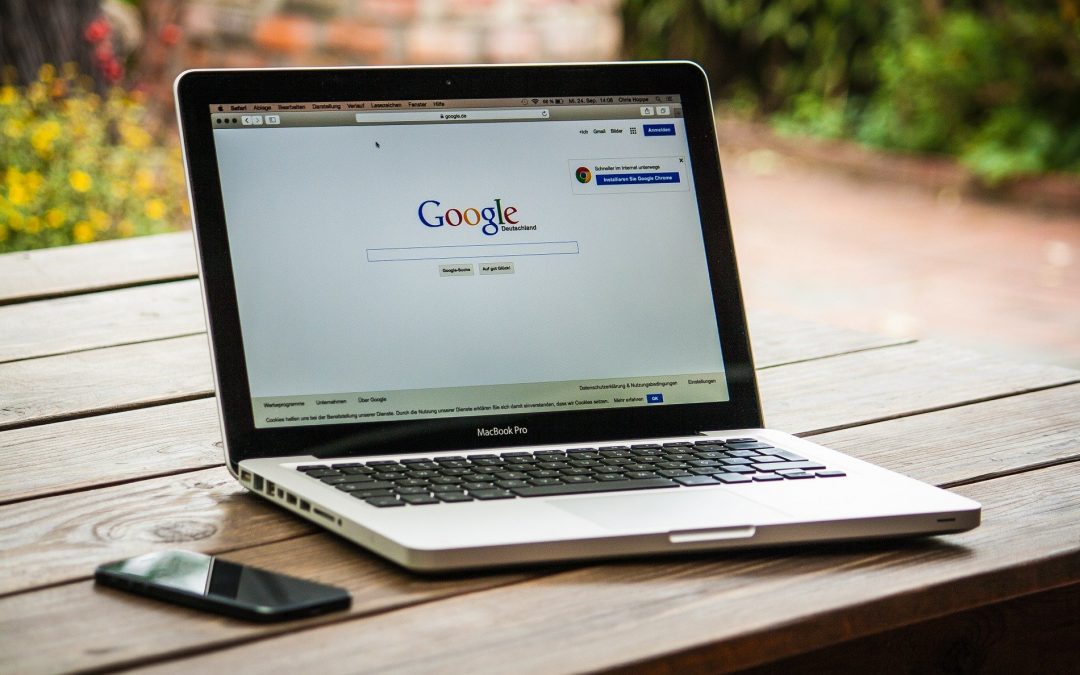Google Translate is one of the best known, and frequently used, online machine translation tools with over 100 languages from Arabic to Zulu and more than 500 million users every day, but just how accurate is Google Translate?
The answer to this isn’t as straightforward as you might think and depends upon the end use of the translation.
For instance, are you using Google Translate while on holiday to ask for directions? Or, are you using it to create multilingual versions of your business website?
If the first example is why you’re using Google Translate, then the accuracy level will be perfectly acceptable.
However, if you are creating a multilingual website, where you are selling directly to customers who speak a different language, then the accuracy may not be enough to drive new traffic to your site, increase your brand reputation or ensure sales.
Below, we look a little deeper into how Google Translate works, consider why accuracy is essential and offer advice on how to achieve the best translation.
Google Translate – a Neural Machine Translation System
Google Translate introduced their Neural Machine Translation System (NMTS) in November 2016.
The system is based upon an artificial neural network which considers the context and meaning of the sentence being translated and operates on semantics. It is not a word-by-word translation as was originally the case with machine translation.
The NMTS operate using an algorithm to predict the most likely sequence for a translation and learns from statistical and linguistic rules or models.
The translations are virtually instantaneous and when a translation is required for a common language pair, such as, English and French, the result can be mostly accurate.
However, for less common language pairs, or languages with vastly different structures, the results can be less precise.
Why is Translation Accuracy Important?
The importance of accuracy depends upon the use of the translation, as we’ve already stated, but no one really wants to use a translation that isn’t correct – it can lead to misunderstandings, ambiguity and frustration.
When a translation is intended for business use, accuracy is vital.
Customers browsing websites online expect a quality translation that is localized for their region, linguistically adapted for their dialect, and is appropriately formatted for the date, time and currency of their country.
They also expect to be able to read a business’ blog posts, engage with social media and discuss topics with customer service teams, all in their native language!
Websites, packaging, instructions, documents, legal and technical information, and so on, should all be translated with accuracy and attention to detail.
Customers demand high levels of accuracy and your business deserves it.
How to Achieve Translation Accuracy
Language, and how humans use it, are subjected to subtleties in a way that machines (and AI) cannot yet understand or process.
For instance, humour, sarcasm, colloquial phrases and poetic literature, all depend upon the human brain for correct processing and understanding.
To achieve the most reliable, accurate and successful translation possible, a human translator is required.
If your translation is for business purposes; a multilingual website, localising social media posts, and so on, a professional Language Services Provider can offer the best results in terms of value for money, accuracy and reliability.
At Creative Word, we use only native-speaking translators for every project so that quality is assured. Our translators are also trained in many other sectors such as, legal, marketing and business so they understand your industry and your requirements.
For more information on how we can achieve an accurate and successful translation for your business, please contact us.


Recent Comments